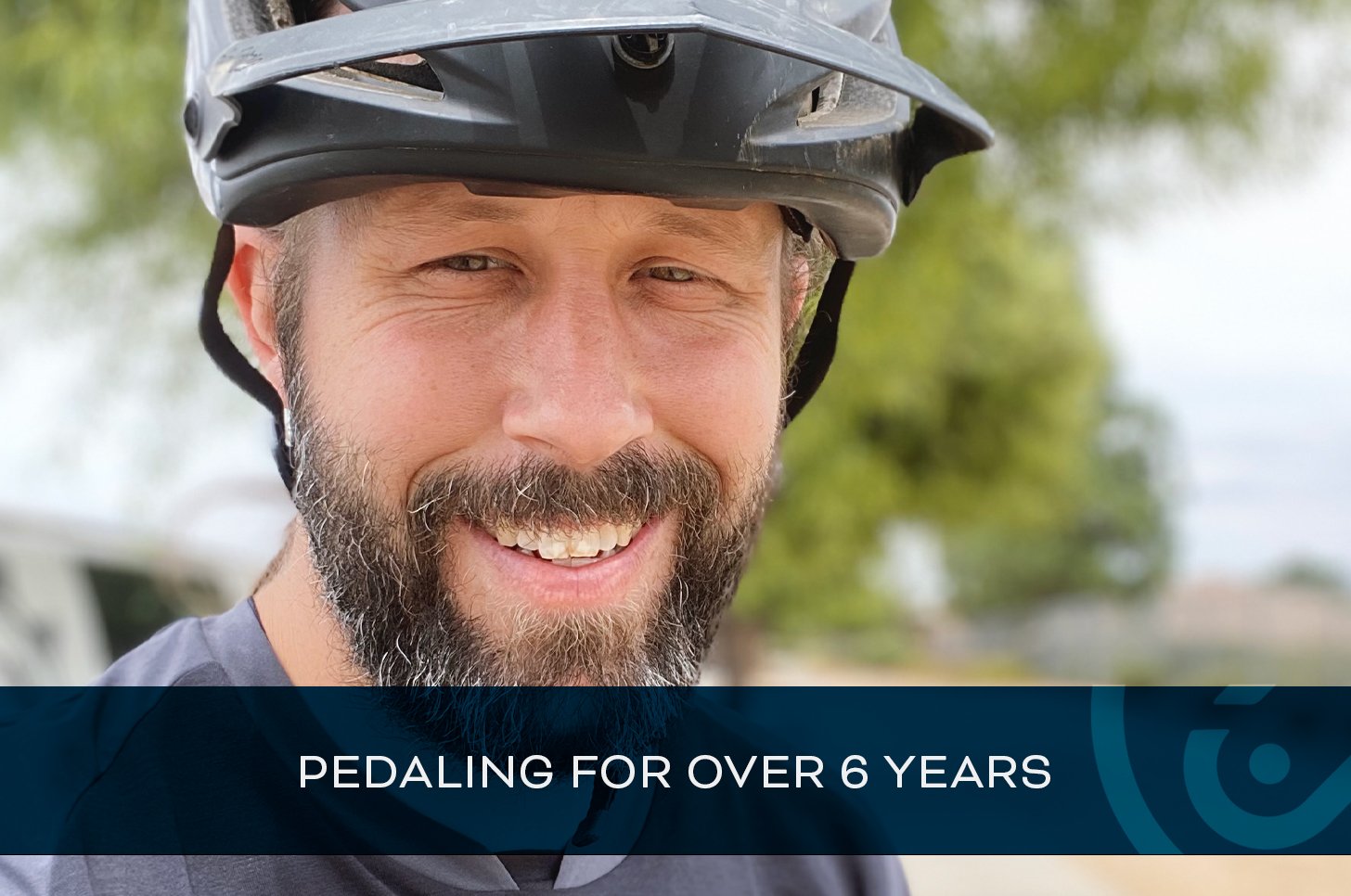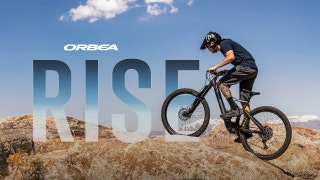If you ride off-road—whether it’s fast and flowy XC singletrack or more aggressive enduro or DH terrain—chances are your bike has some sort of suspension. There are many different schools of thought on bicycle forks and suspension, but there’s no doubt that adding some squish to your bike can help you ride faster with more control. Besides smoothing out the bumps, suspension helps keep your wheels connected to the trail, so you have better traction for climbing and cornering, plus improved braking while descending steep trails.
What are the benefits of a suspension fork?
A suspension fork has numerous benefits. Suspension absorbs bumps and softens rough terrain so you can ride farther and faster offroad. They can also keep your wheels connected to the trail for enhanced traction. This can lead to faster climbing and safer descending.
How often do you need to service a suspension fork?
Much like any moving part on your bike, your fork will need new oil and service. Your low-friction seals should be inspected, cleaned, and possibly replaced every 125 hours of riding. After about 200 hours of riding, you'll want to take your fork apart and do a full oil change to keep your fork and rear shock operating optimally.
Is it worth upgrading your fork?
An upgraded fork can breathe new life into your riding and change rough terrain into a smooth and more enjoyable time. Higher-end suspension will have more tunability so you can dial it to your particular riding style. These forks can also come with air springs or coil springs.
What is the advantage of rear suspension on a mountain bike?
The main advantage of rear suspension is it adds a level of control to your mountain bike. Your rear wheel will stay in contact with the ground better for enhanced traction. With the ability to absorb bumps and smooth out the terrain, you'll be able to descend much faster compared to a hardtail mountain bike.
Can you add rear suspension to a mountain bike?
Unfortunately, no. The frame of the mountain bike has to be built to accept a rear shock. You can always upgrade a rear shock on a bike that already has one as long as you know the eye-to-eye length and stroke length of your existing shock.

































































































































































































































